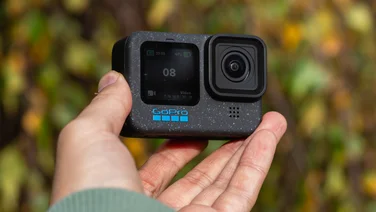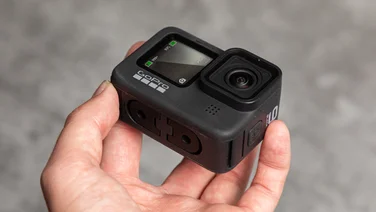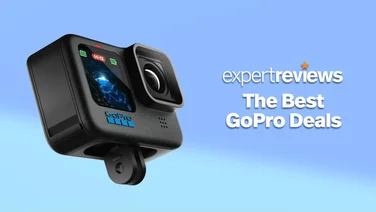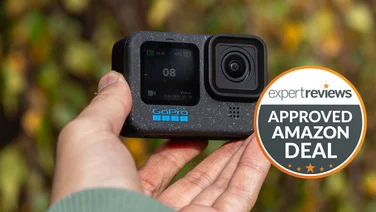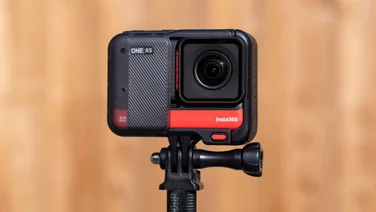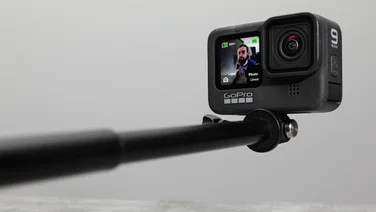To help us provide you with free impartial advice, we may earn a commission if you buy through links on our site. Learn more
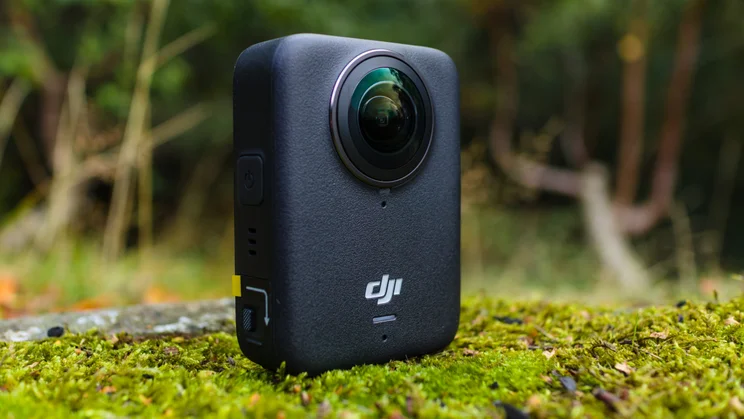
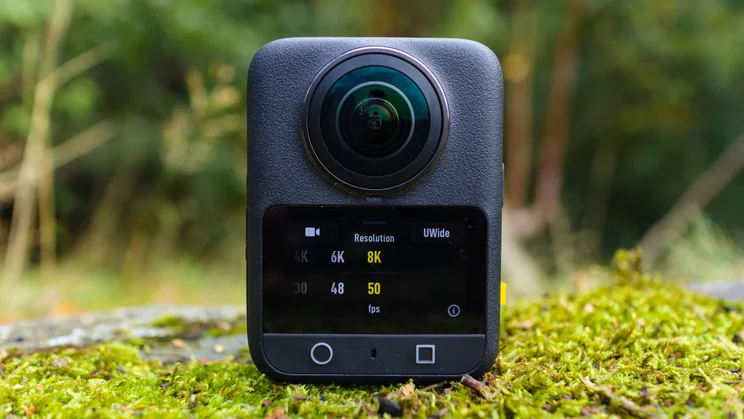
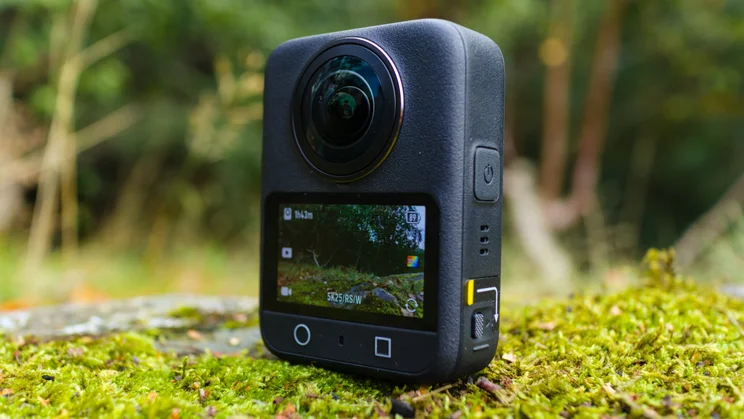

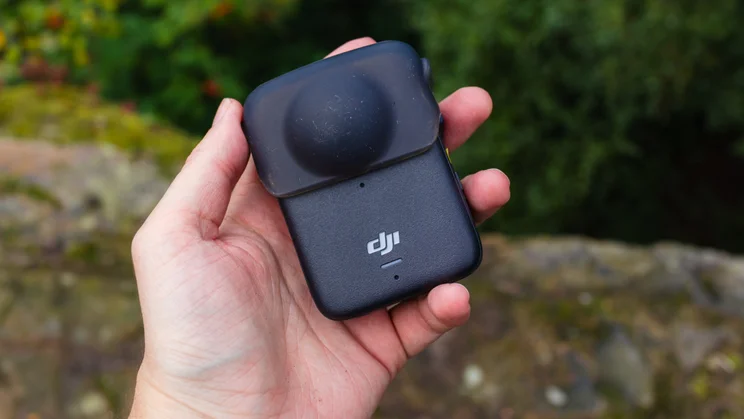
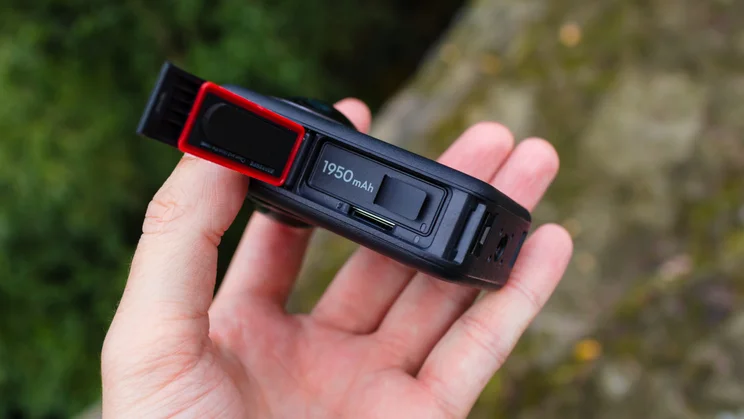
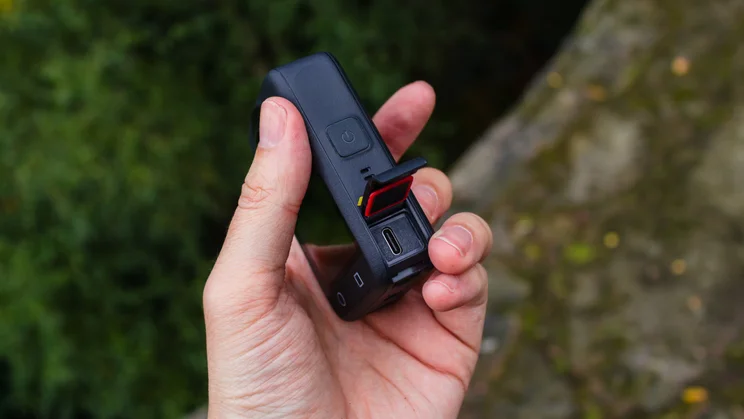
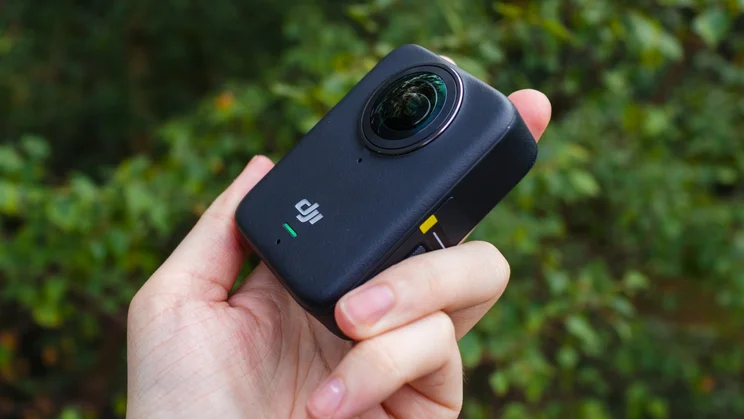

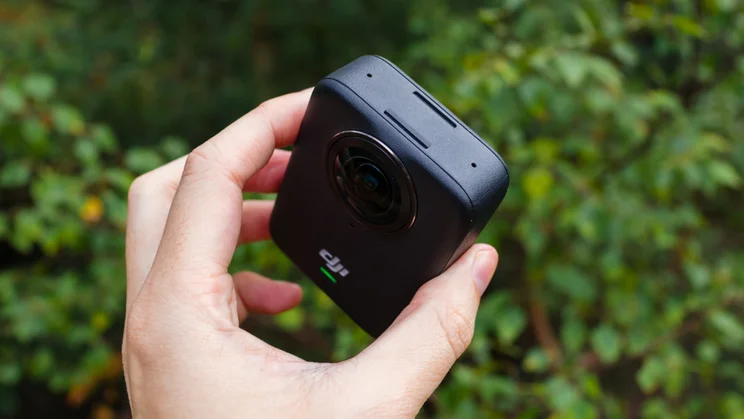
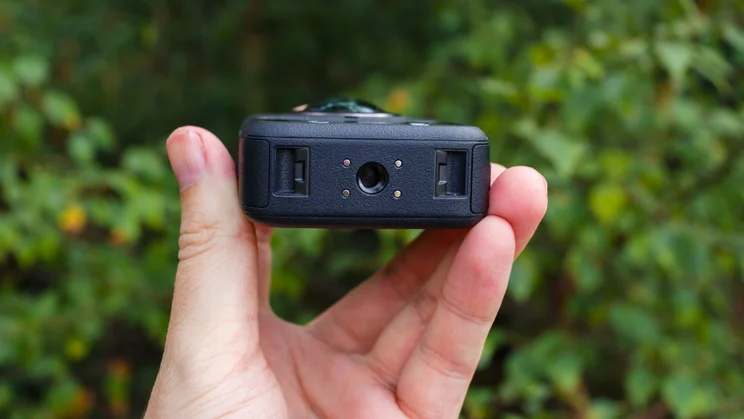
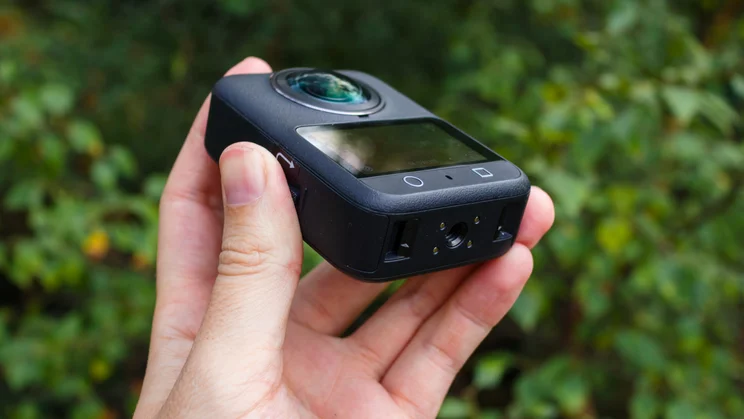

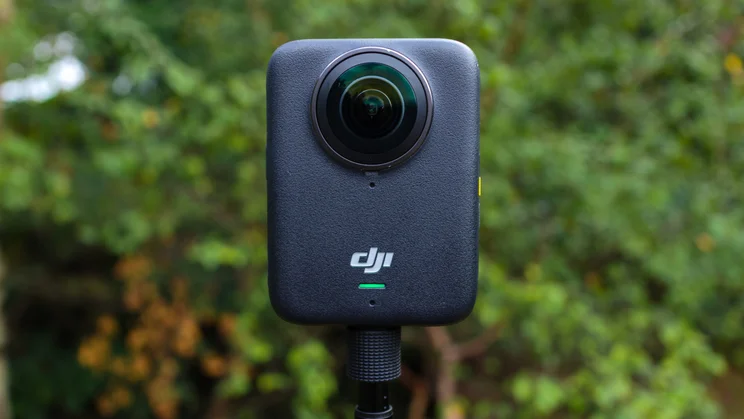
- Excellent image quality
- Competitive price
- Internal storage
- No RAW 360 photos
- Non-replaceable lenses
- Software not as mature as Insta360
After spending years establishing a name for itself in the drone and action camera markets, DJI has finally entered the 360-camera space. With the DJI Osmo 360, however, it hasn’t just entered the market; it has a made a powerful statement.
In a competitive landscape dominated by the Insta360 X5 and GoPro Max, DJI’s debut is a resounding success. After putting the Osmo 360 through its paces for a number of weeks, it’s clear that while DJI still has some ground to make up on creative features, the camera delivers a remarkably capable and genuinely fun experience.














DJI Osmo 360: What do you get for your money?
The DJI Osmo 360 Standard Combo retails for around £409 and includes the camera, a rubber lens cap, a protective carry pouch, plus a 1,950mAh battery, a lens cloth, and a USB-C charging cable.
The Adventure Combo, which I used for this review, will set you back around £540 and also adds a 1.2m selfie stick, a quick-release adapter, an external battery charging case, and a pair of spare batteries. DJI also offers a range of other combos tailored to specific activities such as skiing, motorcycling, and vlogging. This pricing places the Osmo between the £520 Insta360 X5 and the now somewhat long-in-the-tooth, £350 GoPro Max.
In terms of design, the Osmo 360 has a compact yet solid feel that leans more toward the GoPro camp with a large, landscape 2in touchscreen. This comes down to personal preference, but for me, the larger, horizontal screen feels more natural than Insta360’s vertical displays. If you’re a content creator who exclusively shoots vertical content, however, you may find yourself leaning the other way.
Under the hood, the Osmo features a pair of 1:1, 1in CMOS sensors paired with f/1.9 aperture lenses, a combo that should be well-suited to low-light work. For 360-degree video, it can record at a crisp 8K at 50fps, while single-lens video can be shot at up to 5K60. For still photographers, there’s a 120MP 360-degree photo mode, along with the option to capture 30MP single-lens shots.














Beyond the raw numbers, the Osmo 360 also offers rich 10-bit colour, while its flat D-log profile provides latitude for post-production. The camera also comes with 120GB of built-in storage (105GB of which is usable storage), which is a very welcome addition for anyone who’s ever accidentally left home without a microSD card.
What does it do well?
The Osmo 360 truly shines where it matters most: image quality. DJI has long been known for its pleasing colour profiles, and that DNA is clearly present here. The footage is processed in a way that feels natural and vibrant without being oversaturated. This becomes particularly evident in high-dynamic-range scenes.
For example, when filming backlit against a bright sun, the camera manages to avoid blowing out highlights in the sky or losing detail in the shadows of the subject. This ability to confidently handle complex lighting is particularly important for 360 content, where the ultra-wide field of view often includes multiple light sources














The camera’s 8K recording mode also captures plenty of detail. For me, the default sharpening settings are a little aggressive, but fortunately, you have the option to manually adjust the sharpening and noise reduction settings within each mode. It’s important to note, however, that while the camera outputs a full 8K image, the resolution and detail of your end files will depend on how you crop and reframe your clips.
The pair of 1-inch CMOS sensors, combined with the wide f/1.9 aperture, makes the Osmo 360 a standout for low-light, indoor, or night work. With a recent firmware update, DJI has also added an 8K30 SuperNight mode for even more consistent low-light footage.
It’s worth noting, however, that while this dedicated low-light mode is available for 360 video, it is not currently an option for single-lens video shooting. While the usual action camera caveats still apply and the Osmo 360 still performs at its best in bright light, this is the first 360 camera I’ve tested where I wasn’t afraid to venture indoors.
Like Insta360 and GoPro’s 360 offerings, the Osmo’s party trick is its ability to completely conceal its selfie stick in 360-degree shots. When held aloft, the combination of the invisible stick and the exceptional image stabilisation can genuinely trick you into believing the footage was captured by a drone. It creates a surreal, third-person perspective that is both unique and immersive.
What could it do better?
One of the most critical aspects of any 360-degree camera is the post-production workflow. Here, the initial process is refreshingly straightforward: turn on the camera, launch the Mimo app on your smartphone, and the two devices automatically find and pair with each other. From there, you can use your phone as a remote control, view and edit your footage, and share content straight to social media.
While the app itself is intuitive and easy to navigate, making fine adjustments to your framing, tracking, or timeline can feel a little fiddly. Additionally, I encountered some lag when making more complex edits, resulting in having to reboot the app on a couple of occasions.














The alternative to this workflow is to process your content using the DJI Studio desktop app. I found this software much easier to navigate, likely due in part to the larger workspace afforded by my laptop. Although again, I did still encounter the odd performance glitch, and I’ve seen several users report that some features available in the Mac version are not currently supported on Windows. Also, while DJI offers a Premiere Pro plugin for Mac, at the time of writing there’s no option for Windows users.
Overall, DJI’s software doesn’t feel quite as polished an experience as working with Insta360’s tools. And there are a handful of features in Insta360’s software that are absent here, too, like motion blur, speed ramping, transitions and vertical orientation cropping.














Despite the impressive 120MP photo capabilities, the DJI Osmo 360 disappointingly does not offer RAW or DNG file output for 360 photos. This is a major missed opportunity, as it prevents photographers from getting the most out of the high-resolution files in post-production. And this limitation also extends to timelapses. While you can create video timelapses, there’s no option to export the individual RAW or JPEG frames.
It’s also worth noting that, unlike the Insta360 X5, the Osmo 360’s lenses are not user-replaceable. Given this is pitched as an action camera, and those two ultra-wide lenses protrude some way out from the camera’s body, knocks and scratches are going to be a concern. While DJI mitigates against this with a competitively priced lens repair programme ($25 for a single lens, $41 for both), I fully expect the lenses to be user-replaceable on the inevitable Osmo 360 2.
DJI Osmo 360: Should you buy one?
So, should you buy one? The short answer is yes, but with a slight asterisk.
The DJI Osmo 360 is, in many ways, an absolute triumph. It takes everything DJI has learned from its drones and traditional action cameras and applies it to the 360-degree space with remarkable success. The combination of exceptional video quality, excellent low-light performance, and rock-solid stabilisation makes it an incredibly versatile creative tool.
The asterisk, however, is the software learning curve. While anyone familiar with action cameras should be able to get up and running quite quickly, mastering the 360 workflow can take some time. The process of re-framing and creating compelling stories from an all-encompassing shot can be a challenge for those who have never worked with this type of media before. And, while DJI’s companion app and software confidently cover the basics, there’s still room for improvement.
If you have the patience to get fully acquainted with the app and the new way of storytelling that 360-degree footage allows, the DJI Osmo 360 will reward you with content that stands out from the crowd. A highly impressive debut from DJI.
















